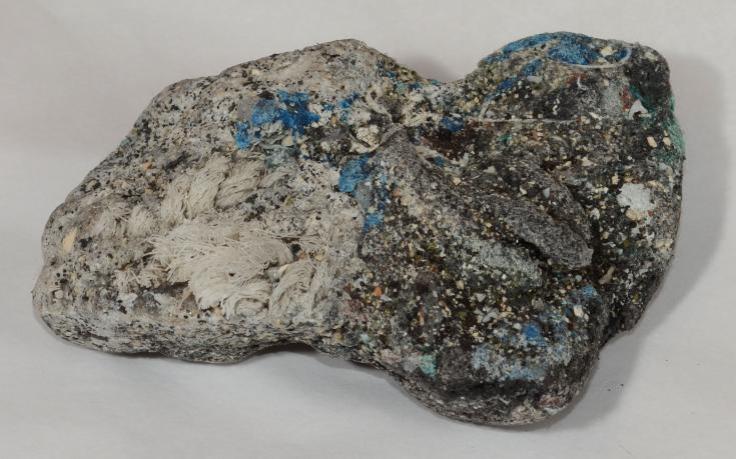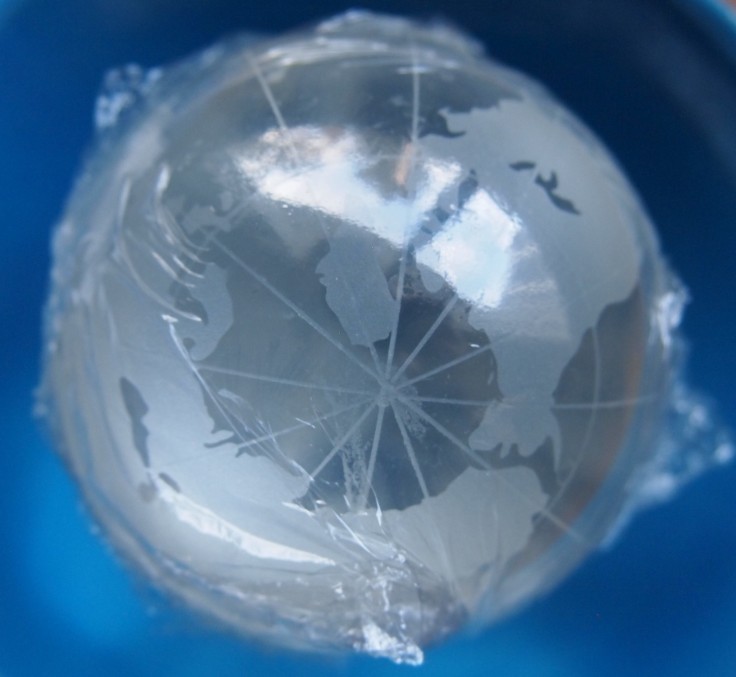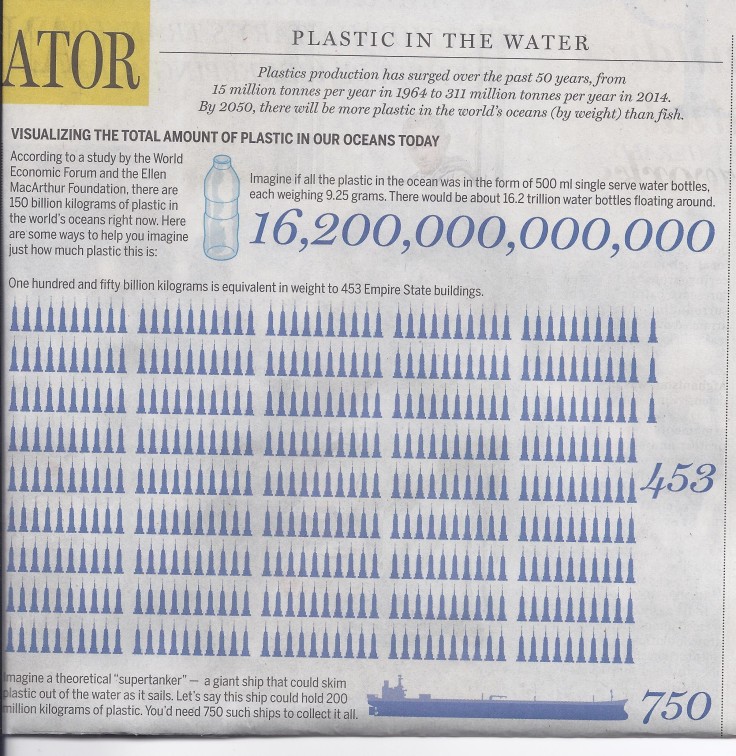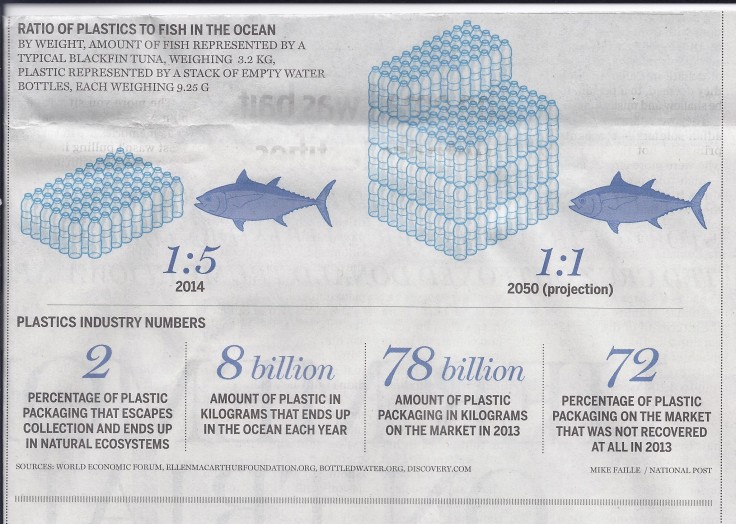…That was my clever use of clickbait.
It’s true: our unrestrained appetite for plastics have resulted not only in the formation of a new rock called plastiglomerate*, but an entire epoch to be identified. The Anthropocene is a new geological time period characterized by human activities significantly altering earth systems, in particular surface geology.
These are the steps to formulate plastiglomerate, as it might be explained to an alien (or a Geology 101 student):
- Create plastic from petrochemicals.
- Aim to hold the Guinness World Record for “most ubiquitous consumer item”. Polyethylene film (aka: plastic bag) is a good start.
- Use globalization to effectively spread plastic to almost everywhere in the world. Don’t bother checking if municipal solid waste (MSW) management exists in the region.
- Where MSW management does exist, increase confusion by combining and adding new ingredients, rendering recycling impossible.
- You’ve added all the components – nature takes care of the rest! Plastic products are discarded and end up in oceans, where the sun cooks and dissolves plastic, concentrating in ocean gyres. Ocean currents will pour the plastic onto beaches and shorelines. The processes of weathering consolidates natural materials (for instance, sand, coral, and flowing lava) with plastic, forming PLASTIGLOMERATE.
- Revel in the irony that is removing fossils (fuels) out of the earth, changing their shape, and depositing material on the surface to eventually become, again, fossils.

That plastic is now embedded in the geological record is not the only indication that it has irrevocable influences. Plastics permeate almost everything, even things you don’t realize such as “fragrance” in cosmetics. This is not news to toxicologists, who raise concerns for human health due to the presence of plastics in everyday life.
A recent study in Anthropocene calculates the total amount of plastic produced is enough to wrap the earth in clingfilm. Don’t forget to draw connections to the oil industry and plastic. That barrel of crude is used for more than to just heat homes and fuel cars. Will we – should we – wrap the earth in clingfilm twice? How will your lifestyle choose to support your beliefs?



*American Scientist published in September 2014 that “humans have unwittingly conspired with nature to create a new type of stone, made of conglomerates and melted plastic… researchers consider these balls of fused plastic to be a new type of stone because natural processes formed them, and are calling them plastiglomerates.” More information from the authors can be found here, and the original study published in GSA Today is here.

Leave a comment